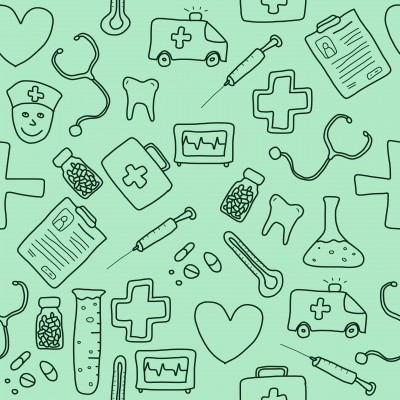I’m currently developing my portfolio to submit to the Royal Pharmaceutical Society (RPS) Faculty. For those who don’t know, the RPS Faculty is a professional recognition programme exclusively for RPS members. This recognition allows you to use post-nominals that align to your stage in practice and provides a way of demonstrating your professional experience and expertise to patients, the public, customers/clients and your employer.
The next cycle of Faculty Recognition of Prior Experience Assessments (that’s me!) closes at midnight on Sunday 16 November 2014 so frantically working towards that date. It’s daunting task particularly as my pharmacy career path has been non-standard in nature – community pharmacy; big pharma; technology; thought leadership. It’s also very time-consuming!
If you’ve gone through the Faculty assessment already please share your experience with me about your journey.
I signed up as a Faculty Champion at the RPS Conference last month to help others on their journey and we’re looking for others to join the Faculty Champions programme. Can you help?
To find out more about the Royal Pharmaceutical Society Faculty go to the RPS website at http://ow.ly/CxW28 or call Hannah, Lesley or Jess on 0845 257 2570.
